Eurozone PMI Manufacturing fell from 44.8 to 43.6 in June, a 37-month low. PMI Services dropped from 52.4 to 55.1, a 5-month low. PMI Composite tumbled from 52.8 to 50.3, a 5-month low.
HCBO Bank noted in the release that there are diverging trends in the manufacturing and service sectors. Despite falling prices in manufacturing that would typically herald rate cuts, persistent price hikes in the larger service sector continue to slow down core inflation’s decline.
Adding to the complexity are regional differences: France’s service sector contracted in June while Germany’s continues to expand. With Eurozone GDP potentially falling for a third consecutive quarter, the Composite PMI predicts a challenging second half of the year for businesses.
In France, PMI Manufacturing ticked down from 45.7 to 45.5 in June, a 37-month low. PMI Services dropped sharply from 52.5 to 48.0, a 28-month low. PMI Composite fell from 51.2 to 47.3, a 28-month low.
In Germany, PMI Manufacturing fell from 43.2 to 41.0, a 27-month low. PMI Services dropped from 57.2 to 54.1, a 3-month low. PMI Composite declined from 53.9 to 50.8, a 4-month low.
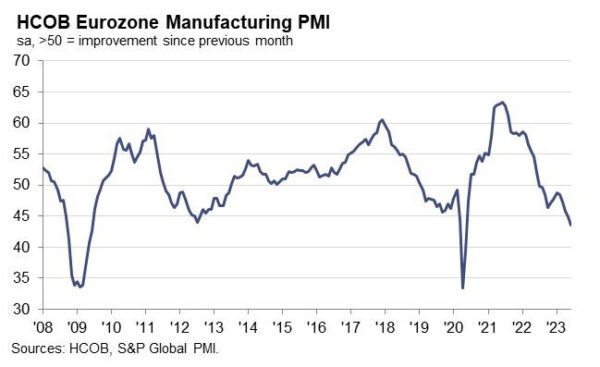
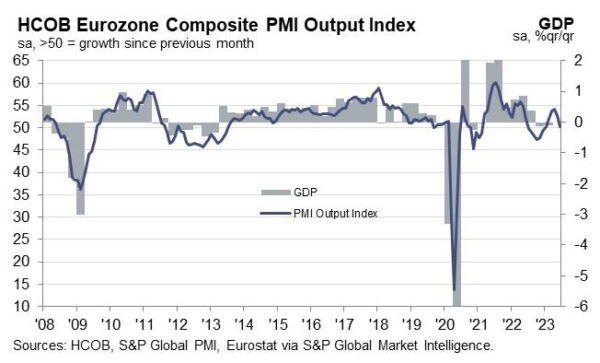
Full Eurozone PMI release here.




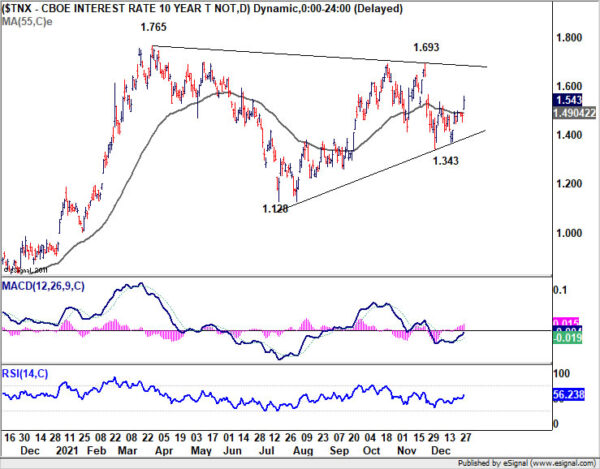
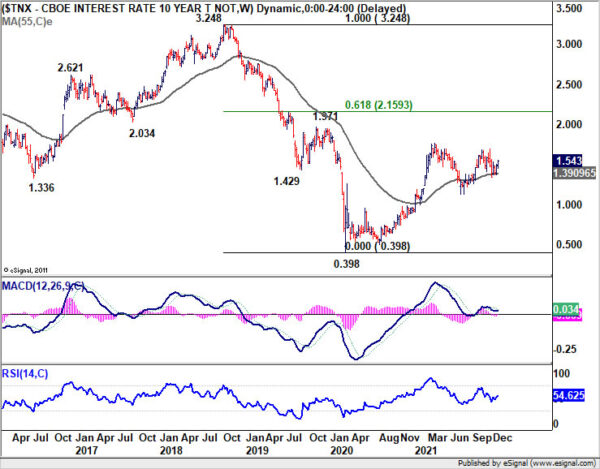


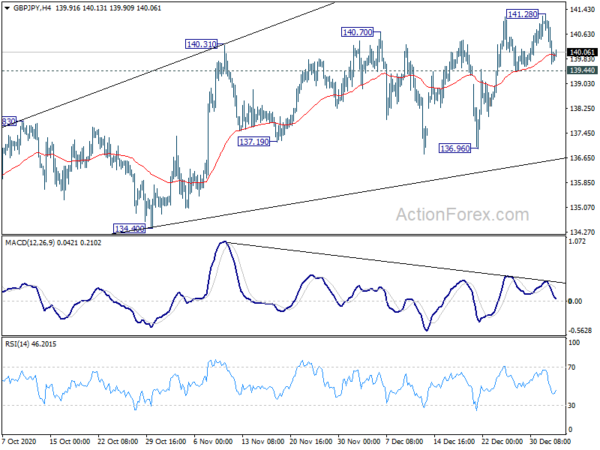
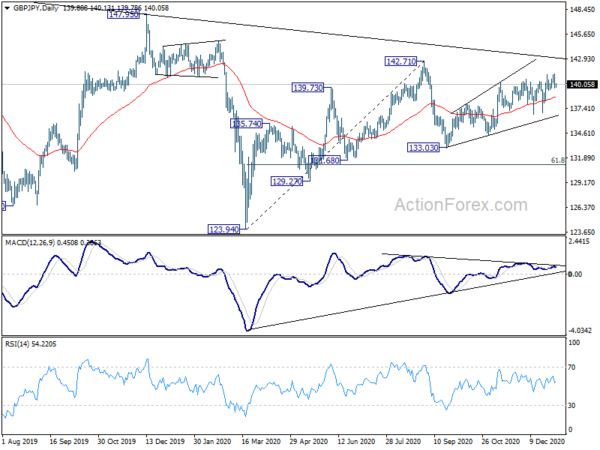
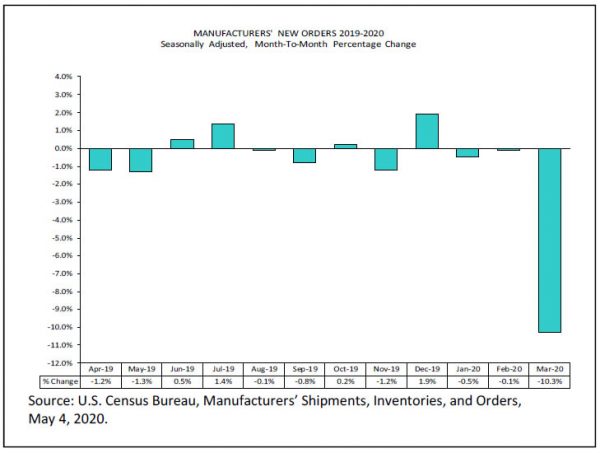
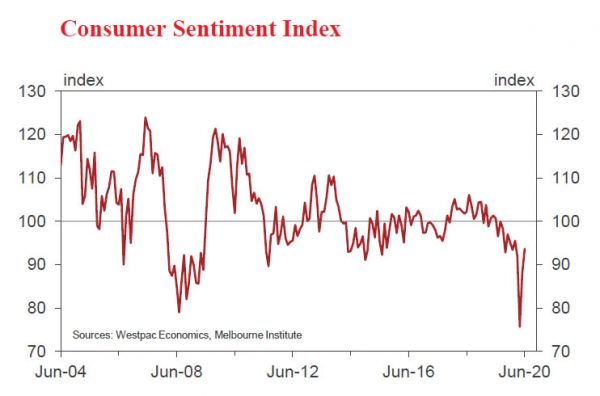

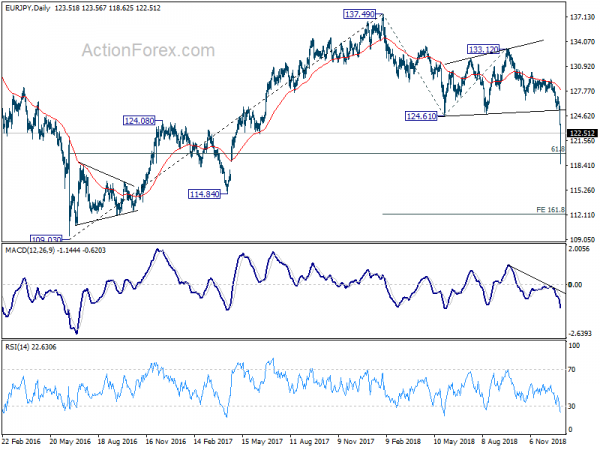
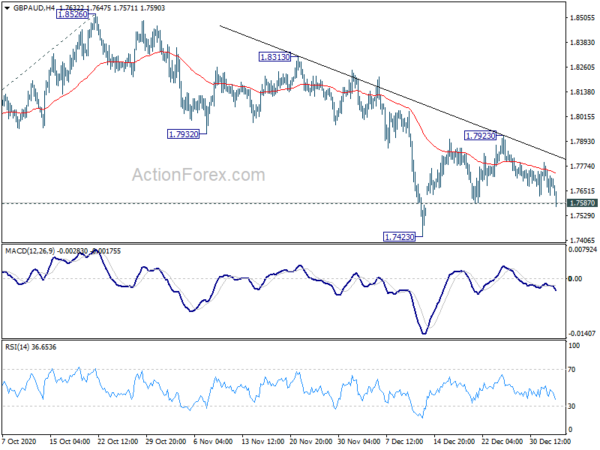
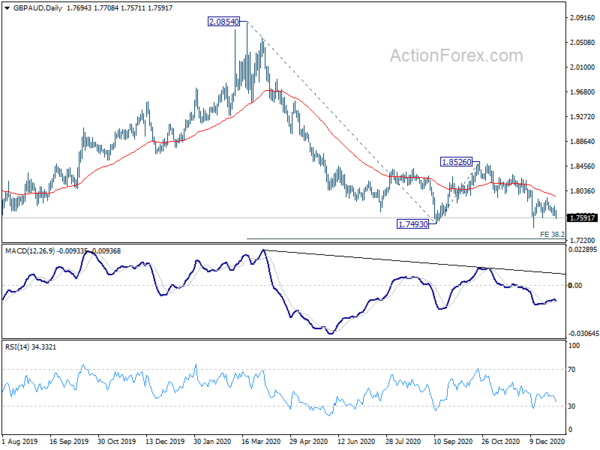
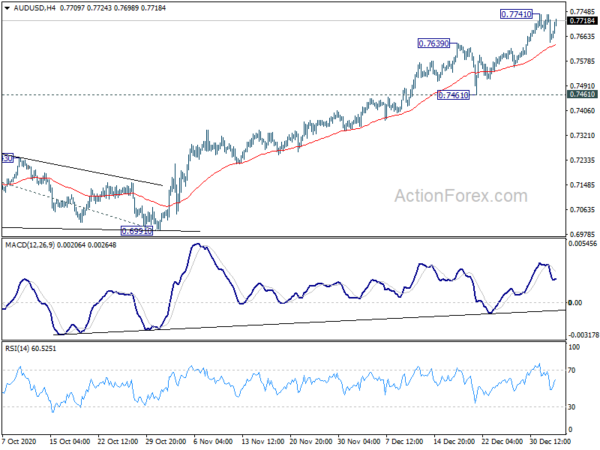
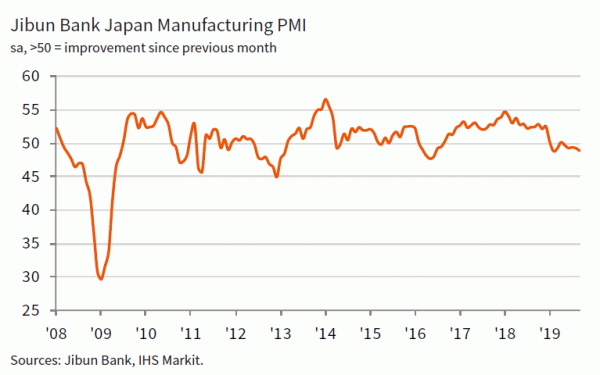
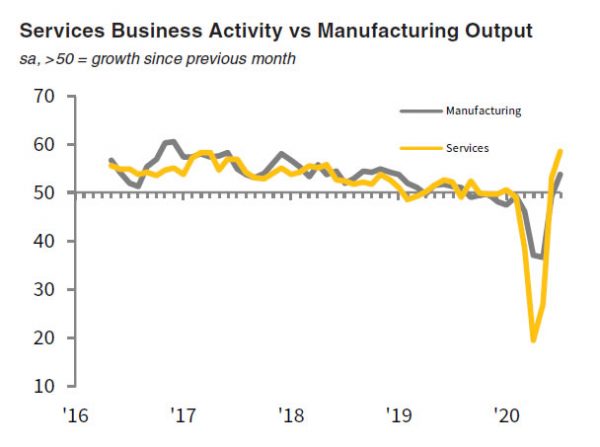
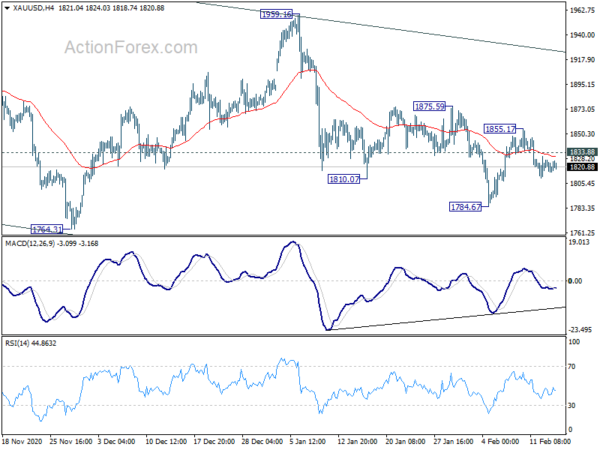
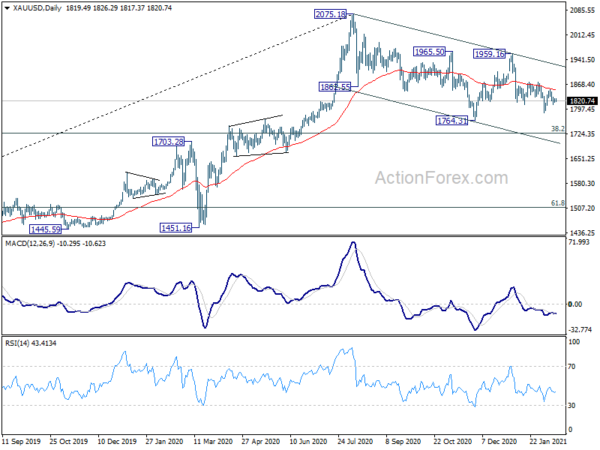
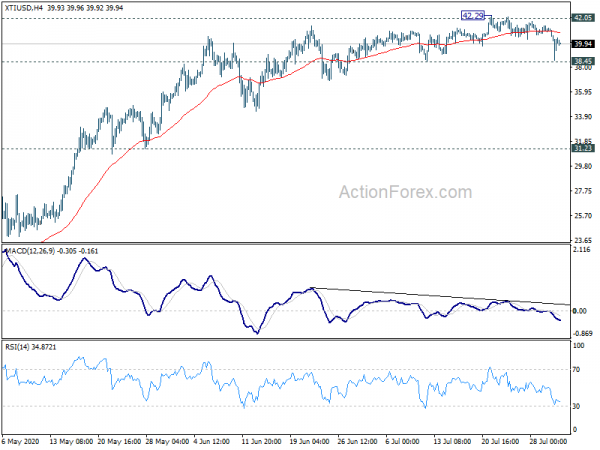
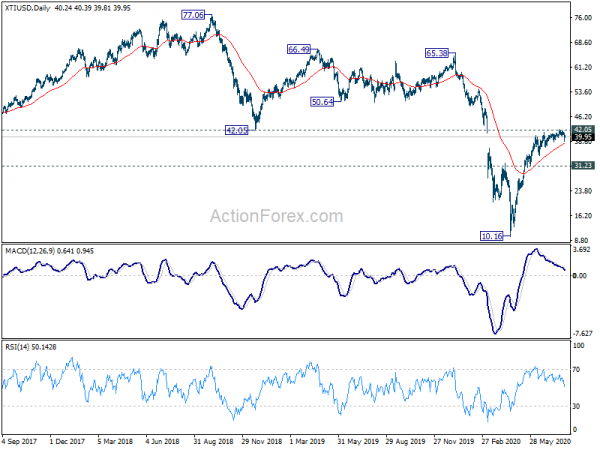
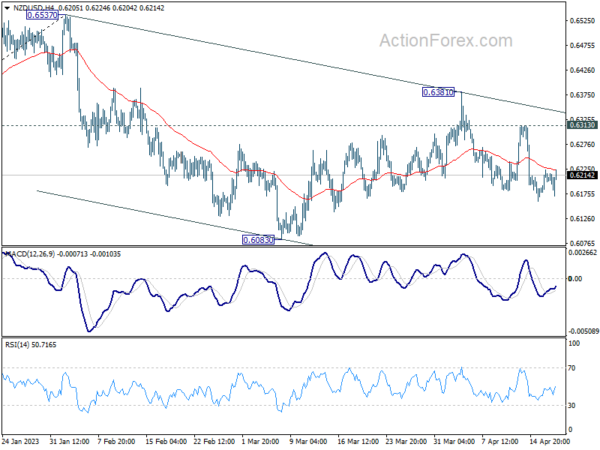
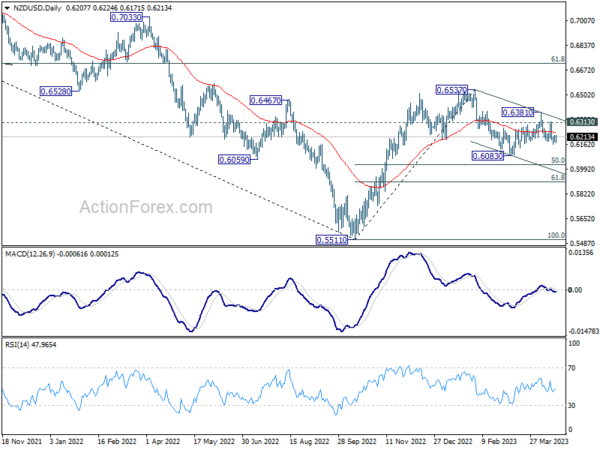

UK CPI unchanged at 2.4%, core at 1.9%, Pound unmoved
UK Headline CPI was unchanged at 2.4% yoy in October, below expectation of 2.5% yoy. Core CPI was also unchanged at 1.9% yoy, below expectation of 2.0% yoy. RPI, too, was unchanged at 3.3% yoy, below expectation of 3.4% yoy.
ONS noted that the “large downward contributions to the change in the 12-month rate from food and non-alcoholic beverages, clothing and footwear, and some transport elements”. They were offset by “contributions from rising petrol, diesel and domestic gas prices.”
PPI input slowed to 10.0% yoy, down from 10.5% yoy, below expectation of 9.6% yoy. PPI output rose to 3.3% yoy, up from 3.1% yoy and beat expectation of 3.1% yoy. PPI output core was unchanged at 2.4% yoy, matched expectation.
Also from UK, house price index rose 3.5% yoy in September, accelerated from 3.1% yoy and beat expectation of 3.3% yoy.
Overall, Sterling shows little reaction to the release and eyes are on PM May’s Cabinet meeting on Brexit agreement.